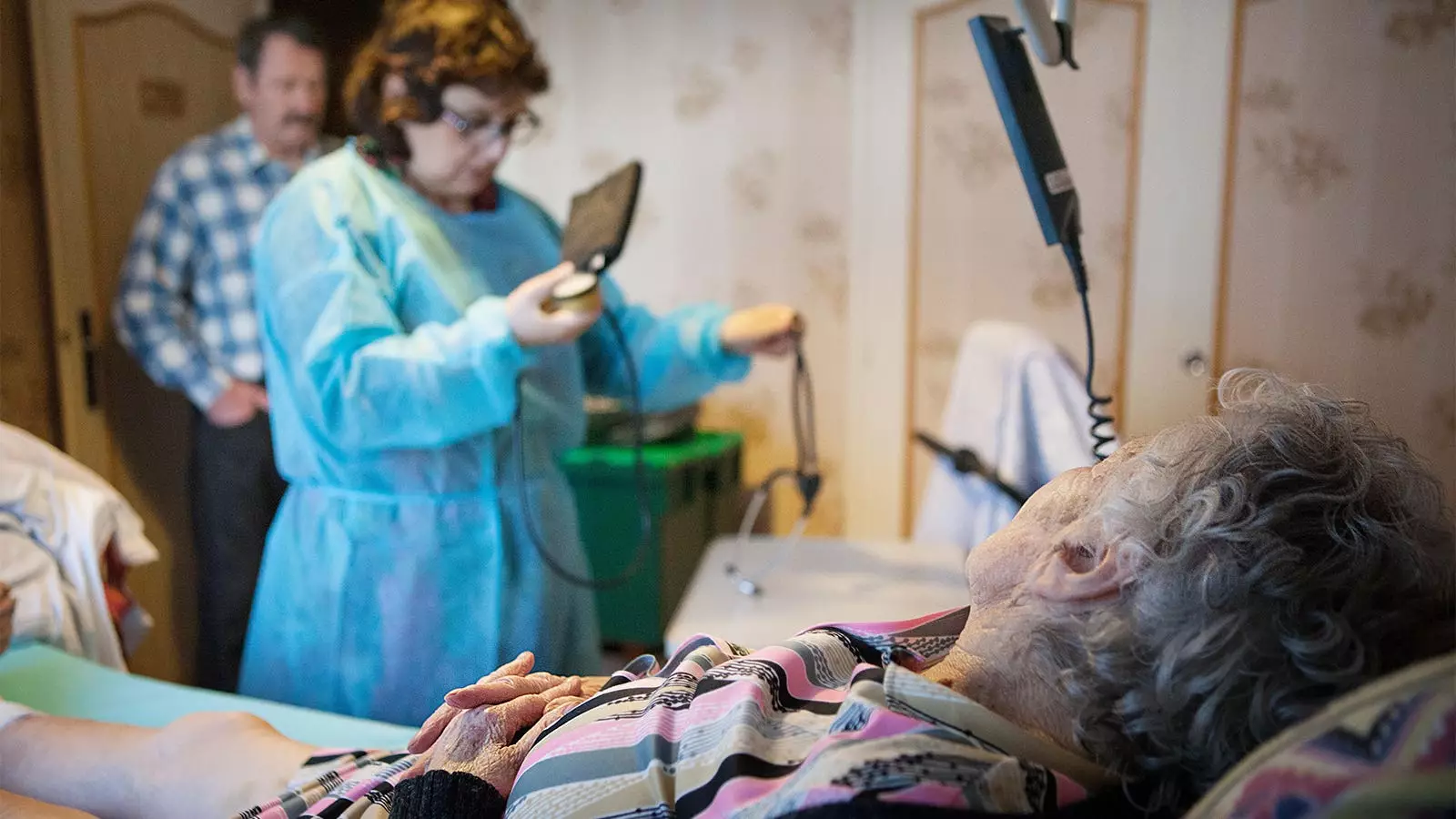As the COVID-19 pandemic continues to strain hospital resources and capacity, the implementation of the Acute Hospital Care at Home waiver by CMS has been a game-changer for hospitals and health systems across the country. With over 300 hospitals in 37 states taking advantage of this payment waiver, it is clear that hospital-at-home programs are here to stay. However, the future of these programs is uncertain, as the waiver is set to expire at the end of 2024 without further congressional action.
Recent research published in reputable medical journals has shown that patients who receive hospital-level care at home have experienced low rates of emergency returns to the hospital, referrals to skilled nursing facilities, 30-day readmissions, and mortality. In fact, patients who are dually eligible for Medicare and Medicaid or have a disability or dementia have sometimes even seen better outcomes than those in traditional hospital settings. This underscores the importance of expanding access to hospital-at-home programs.
Hospital-at-home programs embody the principles of the Age-Friendly Health Systems movement, which focuses on delivering evidence-based care that is aligned with patients’ needs and preferences. By following the “4Ms Framework” – what matters, medications, mind, and mobility – these programs provide optimal care for older adults. It is no wonder that major health professional organizations, including the American Medical Association and the American Hospital Association, have endorsed hospital-at-home programs.
Support from Patients and Caregivers
Patients have expressed a preference for receiving care in the comfort of their own homes, surrounded by loved ones and familiar belongings. Hospitals can be stressful and potentially dangerous environments for many patients, leading to adverse events such as infections and delirium. Family caregivers of hospital-at-home patients have reported lower levels of stress and similar or better experiences compared to those with loved ones in traditional hospital settings.
Challenges and Opportunities for the Future
While the pandemic-era waiver has enabled the rapid growth of hospital-at-home programs, there is still work to be done to ensure equitable access for all patients, regardless of their socioeconomic status or geographic location. Only a handful of state Medicaid programs currently cover hospital-at-home care, highlighting the need for broader adoption and acceptance of these programs. By extending the waiver for an additional 5 years, as recommended by the Bipartisan Policy Center, the federal government can provide support for the expansion of hospital-at-home programs and further research to improve care quality, safety, and cost-effectiveness.
The future of hospital-at-home programs in the United States is promising, but not without its challenges. Extending the payment waiver and addressing issues of access and equity will be crucial in ensuring that all patients have the opportunity to receive high-quality care in the comfort of their own homes. With continued support from healthcare professionals, patients, and policymakers, hospital-at-home programs have the potential to revolutionize the way healthcare is delivered in the United States.

Leave a Reply